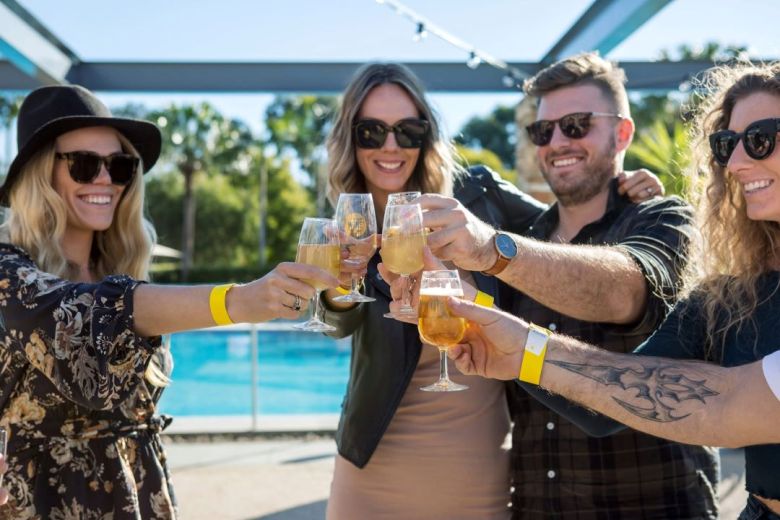 The Hunter Valley’s annual Wine and Beer festival will this year bring beer to the forefront, celebrating the region’s unique offerings.
The Hunter Valley’s annual Wine and Beer festival will this year bring beer to the forefront, celebrating the region’s unique offerings.  The Hunter Valley’s annual Wine and Beer festival will this year bring beer to the forefront, celebrating the region’s unique offerings.
The Hunter Valley’s annual Wine and Beer festival will this year bring beer to the forefront, celebrating the region’s unique offerings. 
 The 2025 competition received 2,974 entries from 1,086 American Homebrewers Association members across 48 states, Washington, D.C., and 7 countries.
The 2025 competition received 2,974 entries from 1,086 American Homebrewers Association members across 48 states, Washington, D.C., and 7 countries. Roxanne Westendorf has been recognized by the AHA's highest honor, acknowledging her past and present contributions to homebrewing.
Roxanne Westendorf has been recognized by the AHA's highest honor, acknowledging her past and present contributions to homebrewing. The brewery's latest venture offers a produce-led dining experience on the waterfront at Manly Wharf.
The brewery's latest venture offers a produce-led dining experience on the waterfront at Manly Wharf. 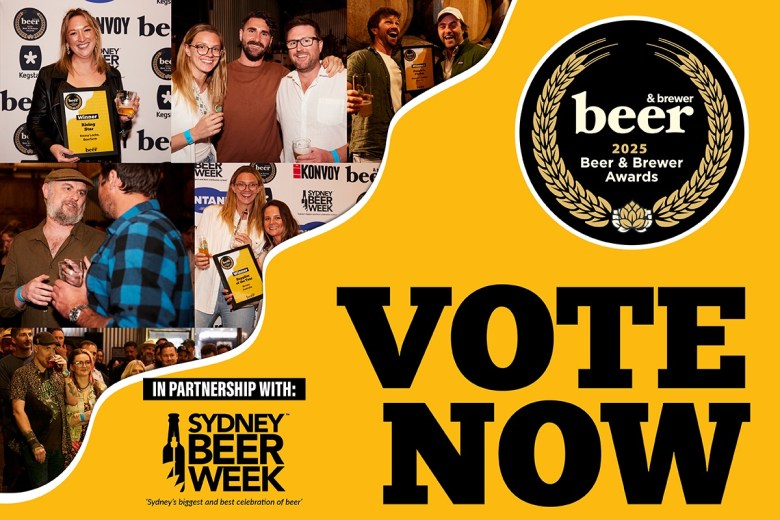 Voting is now open for the 2025 Beer & Brewer Awards, celebrating Australia’s best brewers, venues and talent.
Voting is now open for the 2025 Beer & Brewer Awards, celebrating Australia’s best brewers, venues and talent.  The July/August 2025 Zymurgy highlights Brew Software, Pumps & Filtration, Modern Hop Extracts, the History of the Hydrometer, and Low-Oxygen Brewing, Plus 11 recipes!
The July/August 2025 Zymurgy highlights Brew Software, Pumps & Filtration, Modern Hop Extracts, the History of the Hydrometer, and Low-Oxygen Brewing, Plus 11 recipes!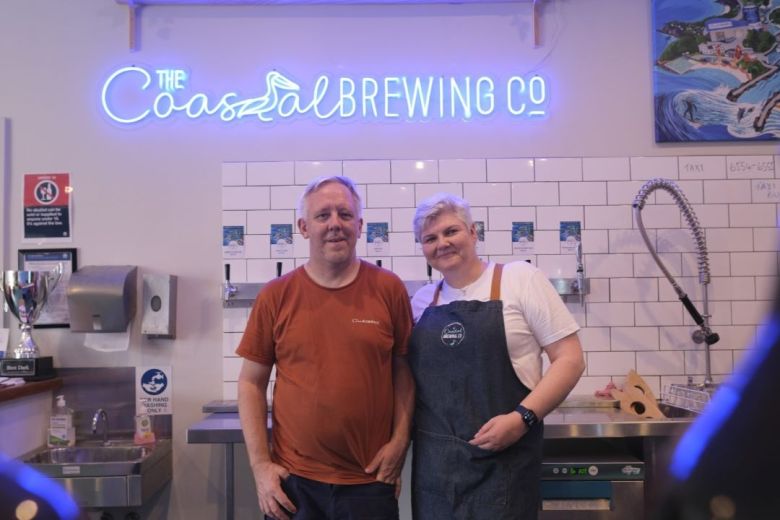 The Director and Co-owner of The Coastal Brewing Co is passionate about making a difference and reflects on her love for the craft beer industry.
The Director and Co-owner of The Coastal Brewing Co is passionate about making a difference and reflects on her love for the craft beer industry.  Packaging manufacturer Orora has launched Orora Express, which will help brewers improve design quality and efficiency.
Packaging manufacturer Orora has launched Orora Express, which will help brewers improve design quality and efficiency.  Beer Garden Brewing is getting a new name and look following its acquisition by Alice Springs Brewing Co. seven months ago.
Beer Garden Brewing is getting a new name and look following its acquisition by Alice Springs Brewing Co. seven months ago.  Mudgee’s Three Tails Brewery has partnered with Robert Stein Winery for another iconic Two Worlds Collide brew.
Mudgee’s Three Tails Brewery has partnered with Robert Stein Winery for another iconic Two Worlds Collide brew. 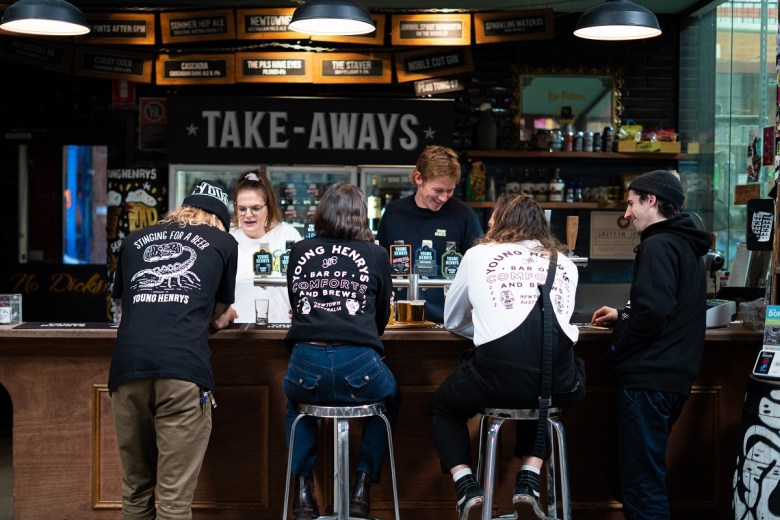 With a DA lodged to build apartments on the site, the Young Henry’s team view the need to move as an opportunity.
With a DA lodged to build apartments on the site, the Young Henry’s team view the need to move as an opportunity.  Ownership of Carwyn Cellars has returned to Ben and Nicole Carwyn, in a full-circle moment for the iconic Thornbury venue.
Ownership of Carwyn Cellars has returned to Ben and Nicole Carwyn, in a full-circle moment for the iconic Thornbury venue.  This brand-new product from the award-winning Sunshine Coast brewery is ready to celebrate all things local this Queensland Day.
This brand-new product from the award-winning Sunshine Coast brewery is ready to celebrate all things local this Queensland Day.  Sanctus Brewing’s new XPA, Independent’s Day, shines a spotlight on the challenges facing Australia’s indie brewers in a consolidated market.
Sanctus Brewing’s new XPA, Independent’s Day, shines a spotlight on the challenges facing Australia’s indie brewers in a consolidated market.  A harvest-season collaboration sees Felons and Bright Brewery craft a limited, fresh hop pilsner in Bright.
A harvest-season collaboration sees Felons and Bright Brewery craft a limited, fresh hop pilsner in Bright. 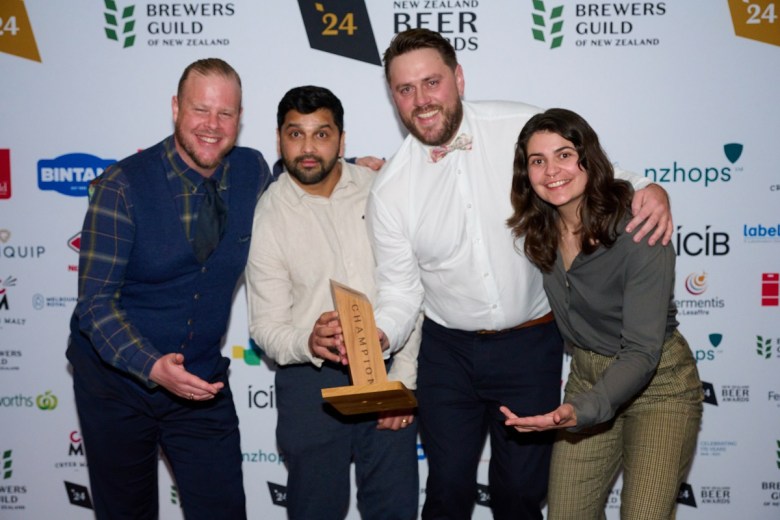 NZ Beer Awards 2025 introduces Champion Australian Brewery trophy, spotlighting trans-Tasman brewing excellence and innovation.
NZ Beer Awards 2025 introduces Champion Australian Brewery trophy, spotlighting trans-Tasman brewing excellence and innovation. 
 Aussie brewers, entries are now open for the 2025 NZ Beer Awards – including a new Aussie trophy!
Aussie brewers, entries are now open for the 2025 NZ Beer Awards – including a new Aussie trophy!  Multiple GABS Hottest 100 winner, Mountain Culture is continuing its incredible story, with the acquisition of Fox Friday Brewing.
Multiple GABS Hottest 100 winner, Mountain Culture is continuing its incredible story, with the acquisition of Fox Friday Brewing.  This Brewer Spotlight highlights Bracket Brewing’s Mike Meletopoulo who speaks to Beer & Brewer about his career built on finding balance.
This Brewer Spotlight highlights Bracket Brewing’s Mike Meletopoulo who speaks to Beer & Brewer about his career built on finding balance. 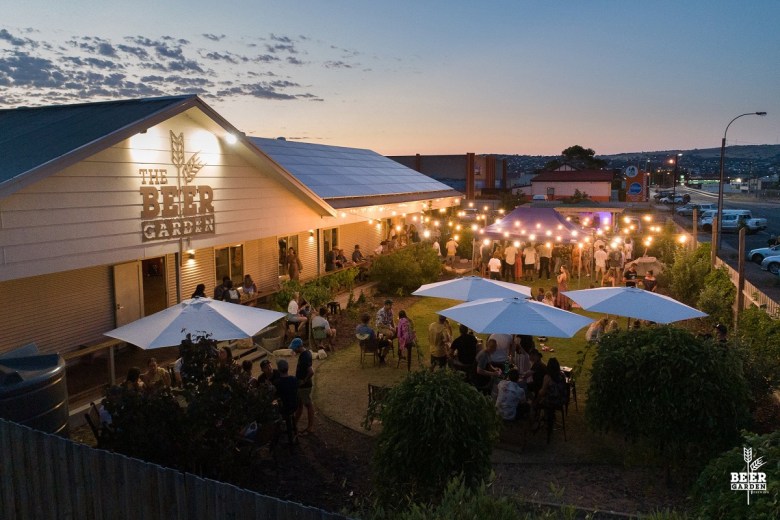 Alice Springs Brewing Co founder Kyle Pearson updates Beer & Brewer on operations at the newly acquired Port Lincoln venue.
Alice Springs Brewing Co founder Kyle Pearson updates Beer & Brewer on operations at the newly acquired Port Lincoln venue. 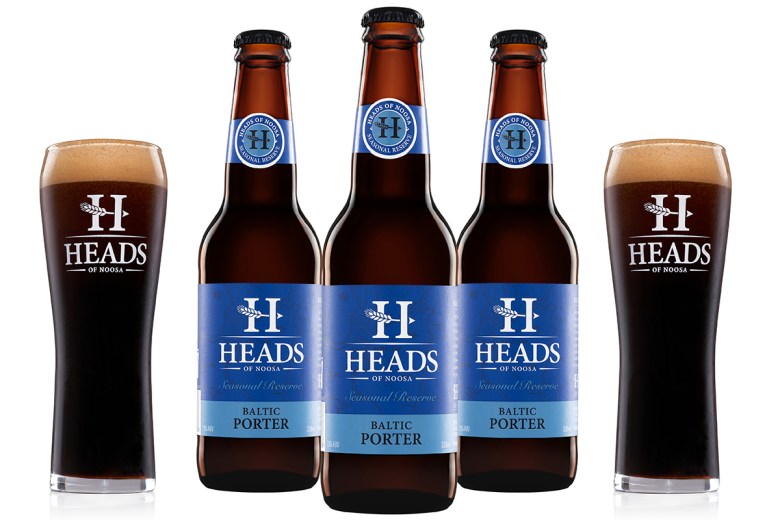 An even more limited quantity of the popular porter has been aged in oak barrels and will be exclusively available at a Noosa Eat & Drink Festival event.
An even more limited quantity of the popular porter has been aged in oak barrels and will be exclusively available at a Noosa Eat & Drink Festival event.